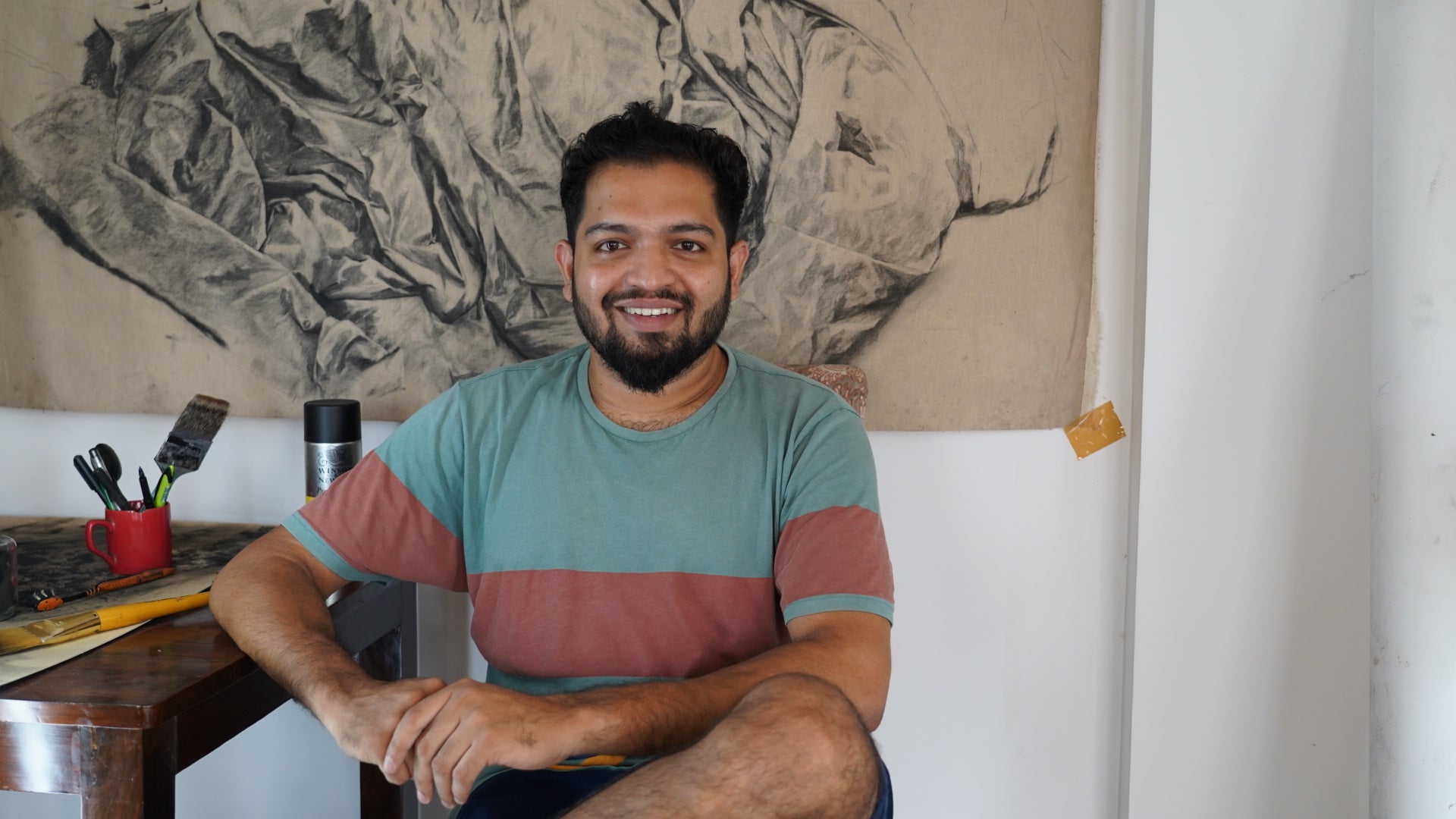
Tell Me in Black and White
A monochrome or monochromatic painting is created by using various shades of a single hue. By exploring one colour, studying various textures, artists have seamlessly conveyed a variety of emotions on different surfaces. As a tool, monochrome painting can be used to dramatize an effect to convey simplicity, peacefulness, starkness, purity or other meaning. A painting in monochrome can provide an artist with an opportunity to explore shades, gradients, composition and line. A monochrome piece is not limited in style; it may incorporate realistic elements like grayscale photos or drawings as well as abstract elements. Viewers are left with no choice but to focus on the colour itself since there is almost nothing else on the canvas. Colours communicate with the viewers on a very personal level as they evoke different feelings or memories in different people. Starting as a radical idea about separating colour from the subject and art from reality, monochrome paintings have quickly turned themselves into a tool for self-questioning and self-purification. American artist Robert Ryman once said “I am not a picture painter. I work with real light and space, and since real light is an important aspect of the paintings, it always presents some problems.” Ryman’s art features white or off white on square materials. Monochromatic paintings help artists understand how light and colours can create shapes within a composition. White-on-white paintings by Russian artist Malevich (1878-1935) were among the first monochromatic works.
Monochromes have continuously found a way to reinvent themselves. White colour can evoke a sense of purity and innocence. Black monochrome paintings, on the other hand, have the unique ability to evoke the sensation of being pulled into a dark hole while orange and yellow signify joy, encouragement and even sunshine. German artist Gerhard Richter said “Grey is the epitome of non-statement. It does not trigger off feelings or associations, it is actually neither visible nor invisible…Like no other colour it is suitable for illustrating ‘nothing’.”
Artists like Diptej Vernekar who paint with a palette of deep charcoal represents the forgotten story, the patterns that surround us through the repeated falling and rising ocean waves. “My interest largely lies in exploring how spaces and surrounds which are constantly in flux, become a part of ones identity. How these allow our concerns and questions to build and memories to form, day to day. Moreover, the poetics of the human condition and impermanence of personal myths allow for creation of visual metaphors and storytelling.”


← Older Post Newer Post →
